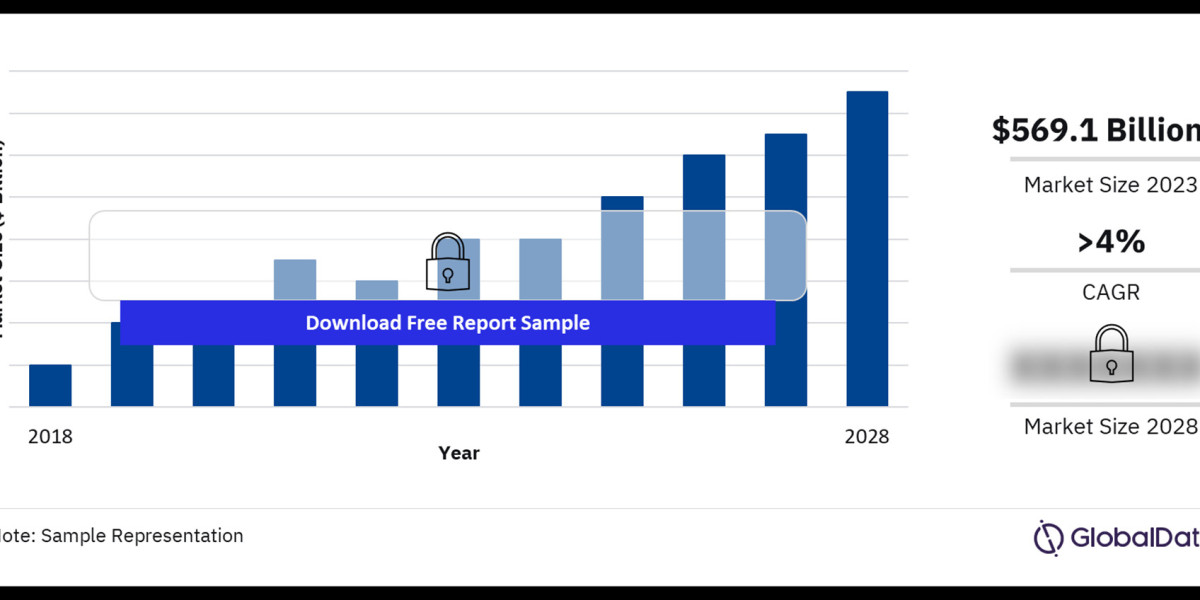The online food delivery market has experienced exponential growth over the past decade, transforming the way consumers access and enjoy their meals. Driven by advancements in technology, changing consumer preferences, and the rise of convenience culture, this market is poised for continued expansion. In this article, we will explore the current state of the online food delivery market, key trends, and what the future holds for this dynamic industry.
Market Overview
The global online food delivery market has witnessed significant growth, with revenues reaching billions of dollars annually. This growth is fueled by increasing internet penetration, smartphone usage, and the proliferation of food delivery apps and platforms. Major players like Uber Eats, DoorDash, Grubhub, and Deliveroo have established themselves as dominant forces in this sector, offering consumers a wide range of options from local restaurants to global chains.
Key Trends Shaping the Market
- Rise of Cloud Kitchens: Cloud kitchens, also known as ghost kitchens, are becoming increasingly popular. These are commercial kitchens that cater exclusively to online orders, without a physical dine-in option. This model allows restaurants to reduce overhead costs and focus solely on delivery, leading to higher profit margins and greater scalability.
- Health and Sustainability: Consumers are becoming more health-conscious and environmentally aware. This has led to an increase in demand for healthy and sustainable food options. Many online food delivery platforms are responding by offering a wider range of organic, plant-based, and eco-friendly menu choices.
- AI and Machine Learning: Artificial intelligence and machine learning are playing a pivotal role in enhancing the customer experience. From personalized recommendations to efficient delivery route planning, these technologies are helping platforms optimize their operations and deliver a more seamless experience to users.
- Subscription Models: To retain customers and ensure consistent revenue, many food delivery platforms are introducing subscription-based models. These offer perks such as free deliveries, discounts, and exclusive menu items, making them an attractive option for frequent users.
- Contactless Delivery: The COVID-19 pandemic accelerated the adoption of contactless delivery methods. Even as the world recovers, this trend is likely to persist, as consumers continue to prioritize safety and hygiene.
Market Challenges
Despite its rapid growth, the online food delivery market faces several challenges. High delivery costs, intense competition, and concerns over the treatment of delivery drivers are some of the issues that need to be addressed. Additionally, restaurants often face pressure from the high commission fees charged by delivery platforms, which can eat into their profit margins.
Future Prospects
The future of the online food delivery market looks promising, with continued innovation and growth expected. The integration of advanced technologies like drones and autonomous vehicles for delivery could revolutionize the industry. Moreover, as the market matures, we may see more consolidation, with mergers and acquisitions shaping the competitive landscape.
The growing emphasis on sustainability is also likely to influence future trends. Consumers and governments are increasingly advocating for greener practices, which may lead to the development of more eco-friendly packaging and delivery methods.
Buy the Full Report for Additional Insights on the Online Food Delivery Market Forecast



